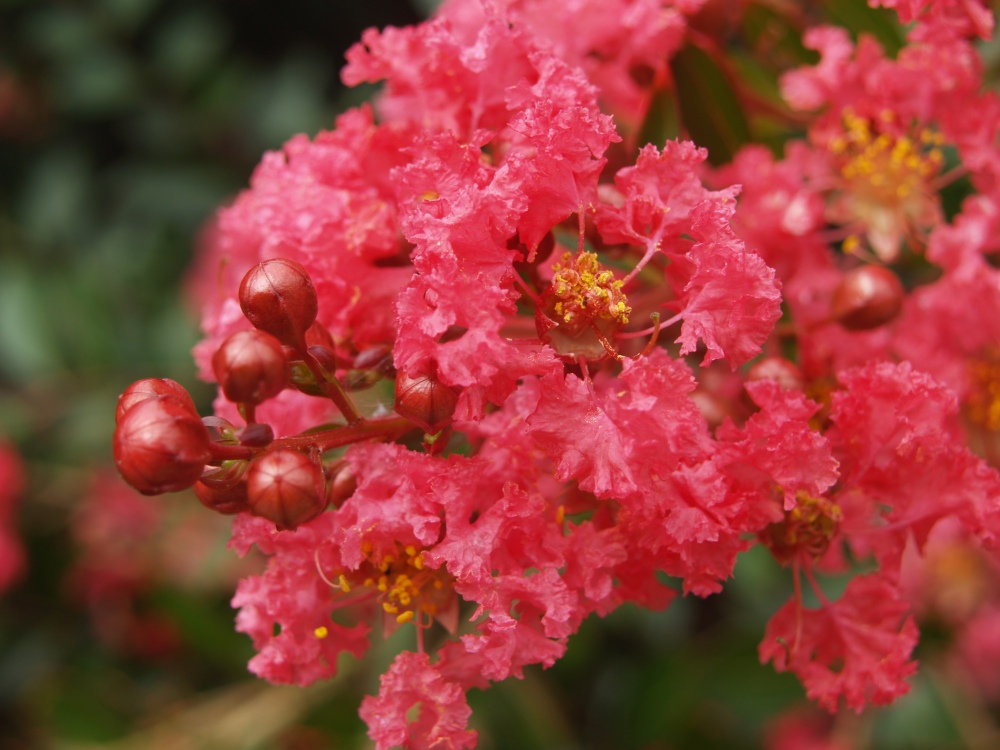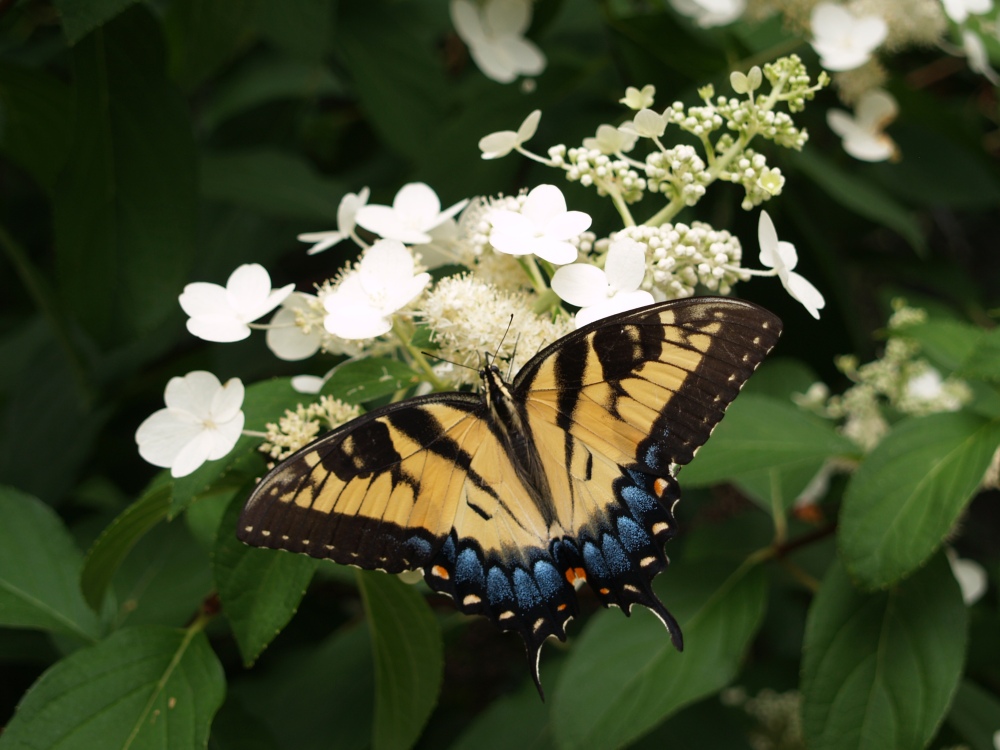I have seen them in glossy magazines, and they’re quite remarkable, immaculate gardens, perfect in architecture and horticultural marvels, clipped hedges and colorful carpets of annual flowers. No doubt the landscape architect who creates such wonders would scoff at my poor ramshackle patch with one of this and a few of that, with a different stone paving the paths at every turn, and a cheap tin summer house with a leaking roof.
I would not presume to judge one superior to the other, but I cannot imagine living with a garden that demands perfection at every turn, even without considering the substantial labor (and expense) in maintaining such a garden.
I will readily admit that portions of my garden are unkempt on occasion, perhaps more than occasionally. There are piles of debris that have lingered too long, a mishmash of this growing into that, and paths that have been abandoned to unruly hostas flopping about. No doubt there are dead limbs and leaves that should be removed, and weeds, well, the less said the better.
The summer heat has gotten the better of a few of the dogwoods with mildew. A ligularia and stray perennial or two that demand more regular irrigation have gone prematurely dormant, but the damage is only temporary, and all will return in the spring, I’m quite certain. Despite these troubles there is much to be joyful about, and never mind the crabgrass.
The hydrangeas and crapemyrtles continue to stand out, and the gardener looking for blooms through the summer is well advised to consider these delightful plants. There are cultivars of each that are appropriate for a garden of any size, and a property of modest proportions might select a few crapemyrtles and a handful of hydrangeas that will extend flowering from June into September.
The earliest of the crapemyrtles to flower in this garden is the large growing, white Natchez, and it continues in bloom in mid-August. The pink Sioux, Pink Velour, and Arapaho began several weeks later, and will bloom into September. The dwarf Cherry Dazzle (above), now nearly four feet wide, though only three feet tall after four years, began to flower later in July, but will have a few stray blooms remaining in early October in most years.
The reblooming hydrangeas (Penny Mac, Endless Summer, and others) have only a few new blooms today, but still display numerous spent flowers that have faded but are still colorful. There is abundant new growth, and as the temperatures cool in early September new flowering buds will reset to bloom later in the month. By the end of September the hydrangeas will be covered with blooms, as many as there are in late spring.
I’ve been told that the panicle hydrangeas (above) will rebloom if the spent flowers are removed, but on a shrub eight feet tall and wide there will be hundreds of flowers (and they would be deadheaded with great difficulty), so the blooms of Limelight and Tardiva will be left to fade. Still, they remain in full color through September, and the faded blooms are attractive and are not pruned off until late winter.
The shrub roses (Knockout Red, above) went through a bit of a resting period during the horrid temperatures late June through July, but began to bloom again in early August, though the reblooming is not as heavy as the first spring bloom. Knockout roses (as well as the lower growing Drifts) and assorted other low care roses have proven to be an essential for summer color, blooming alongside the crapemyrtles and hydrangeas, and with an assortment of perennials blooming through the summer the garden remains quite colorful through the dog days.
The garden is not perfect, far from it, but it’s a joy to wander about each evening. In the next few days I’ll continue to explore the perennials, and a couple trees that bring color to the late summer garden.
I wholeheartly agree – gardens are meant to be a thing of joy as it’s gardener see’s fit. And joy along with beauty are in the eye of the beholder. 🙂 I happen to share a similar ‘eye’ and am very much enjoying reading your commentary. I am so very impressed with all you’ve accomplished with your bit of heaven on earth. Thank you so much for sharing your beautiful garden.